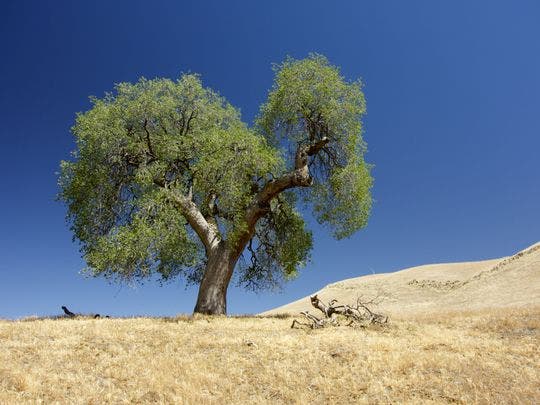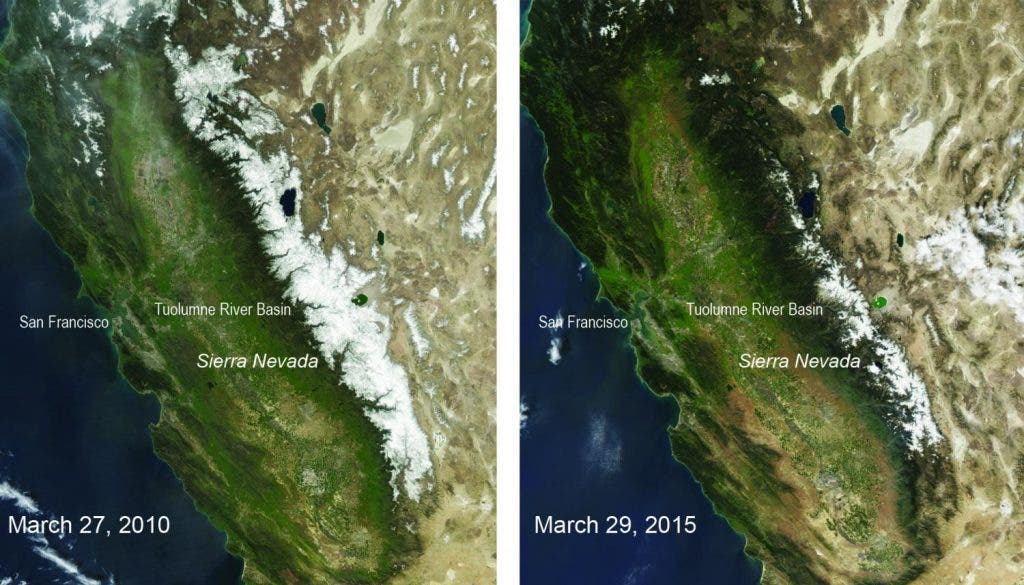The environmental situation in California is getting worse and worse. According to a new study published in Nature Climate Change, the snow in the Sierra Nevada mountains has reached the lowest levels in the past 500 years, underscoring the severe drought that is already affecting the state.
Drought, heat and climate change
This weekends, California’s wildfires destroyed over 400 homes and businesses, killing at least one person. California is also experiencing its most severe drought in over 1000 years, and now, the snow has all but melted; these are not all coincidences or separate events – they are all connected to the underlying cause: man-made global warming.
“We should be prepared for this type of snow drought to occur much more frequently because of rising temperatures,” Professor Valerie Trouet of University of Arizona’s tree ring lab said. “Anthropogenic warming is making the drought more severe.”
In areas where the snow was usually five feet thick (1.5 meters), now, there’s barely any snow left.
“This is not just unprecedented over 80 years — it’s unprecedented over 500 years,” she said.
The fact that the snow is melting has much broader implications: the snowpack in the Sierra Nevada mountains is the main source that replenishes the waters in the state, providing over 30% of the entire water supply.
Trees and water

A blue oak tree stands in the Tehachapis Mountains in Kern County, Calif. This tree species is sensitive to winter precipitation and was used to reconstruct the Sierra Nevada snowpack over the last 500 years. (Photo: K.J. Anchukaitis)
Researchers studied tree rings from more than 1,500 trees in California and other trees across the West. Tree rings don’t let us know how old trees are, but they carry within valuable information from the climate of every specific year. Trees develop annual rings of different properties depending on weather, rain, temperature, soil pH, plant nutrition, CO2 concentration etc.
“Trees are remarkable … they are the best recorder of past climate,” she said. Trees like water, she said, so wide rings signify a wet winter while narrow rings show it was a dry winter.
The trees aren’t impacted by the study.
By cross-referencing this information, they were able to find out how much snow fell each winter, and the results are worrying: not only is this the least snow the mountains have seen in 500 years, but things will likely get worse in the future.
“We should be prepared for this type of snow drought to occur much more frequently because of rising temperatures,” Trouet said. She added that man-made global warming is making the drought in California more severe.
Journal Reference: Soumaya Belmecheri, Flurin Babst, Eugene R. Wahl, David W. Stahle & Valerie Trouet – Multi-century evaluation of Sierra Nevada snowpack. Nature Climate Change (2015) doi:10.1038/nclimate2809










